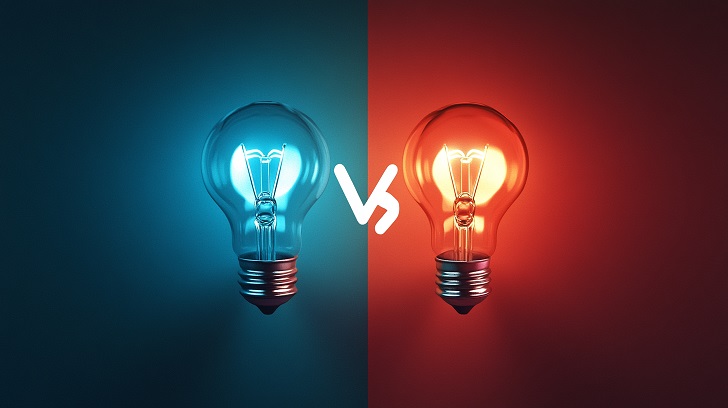Embarking on the startup adventure can be as thrilling as it is daunting. As entrepreneurs and innovators, we all face the initial challenge of translating our vision into a viable product. But before a full-scale launch, it’s crucial to validate our ideas through various developmental stages: the Proof of Concept, Prototype, Minimum Viable Product (MVP), and Pilot. Each step serves a distinct purpose, and understanding their differences can be the compass guiding you towards success.
Proof of Concept
Imagine a seed of an idea germinating in your mind. The Proof of Concept (PoC) is that seed, a small yet significant indication that your concept has potential. It’s about answering the basic question of “Can this idea work?” A PoC is not necessarily concerned with market viability but rather with technical feasibility. It’s an internal process used to gain confidence and potentially attract internal support before taking the next step.
Crafting a PoC is all about scrutinizing the core functionality of your concept. Whether it’s a novel algorithm or a unique service model, at this early stage, the focus is narrow and technical. If the wheel turns, the light shines, or the code computes — then the PoC has served its purpose.
Prototyping
After proving that an idea is feasible, the Prototype takes shape; this is the physical (or digital) manifestation of your concept. A prototype typically represents the first draft of your product, incorporating both form and function. It’s the tangible expression that allows you to present your idea concretely, demonstrating how it might look and work in the real world.
Prototyping serves two main objectives: refining the product’s design and presenting stakeholders with a demonstration of its potential. It’s your first chance to interact with your creation, uncover flaws, and make adjustments. Prototyping is where user feedback comes into play, guiding iterative design before further investment.
Minimum Viable Product
With the blueprint refined and the prototype in hand, it’s time to gauge the market’s pulse with a Minimum Viable Product. The MVP is a stripped-down version of your product that includes only the essential features necessary to address the core problem you’re aiming to solve. The purpose of an MVP is not to be perfect but to be instructive.
Launching an MVP is the optimal way to learn about your product’s fit in the market. It’s a low-risk method that involves real customer feedback. This step is crucial because, according to a report by CB Insights, 42% of startups fail due to lack of market demand, highlighting the importance of MVP testing early on in product development. The MVP phase involves measuring, learning, and making informed decisions about pivoting or persevering.
Pilot Projects
A Pilot Project is the dress rehearsal before the grand opening. It operates in a controlled environment with a select group of users. By initiating a pilot, you get to see your product in action in the real world, albeit on a smaller scale. This stage is about fine-tuning the details — identifying the daily operation issues, the unexpected user challenges, and perhaps unforeseen circumstances that could affect your product’s success.
A pilot project allows for a feedback loop from real users but within a manageable setting. Often, pilot projects involve working hand-in-hand with early adopters, who can become your most loyal customers if they believe in your product’s potential. This engagement not only tests the product in live conditions but also begins to build community and brand advocates.
Each Stage Matters
Navigating from an idea to a full-fledged product launch requires understanding and appreciating each of these developmental stages. The transition of an idea from PoC to Prototype, through the MVP, and then Pilot Project forms a journey of discovery where assumptions meet reality, and real-world feedback shapes the future.
Skipping these stages or conflating their purposes could mean missing out on essential insights. For example, launching an MVP without a successful PoC could lead to technological failures, while skipping the MVP stage could result in investing in a product without a market. Each step verifies specific hypotheses about your product and business model, bringing you closer to a successful launch.
Embracing the Process
The true art of building a successful startup lies not just in innovative ideas but also in robust validation processes. Startups that embrace the complexities of step-wise development, from Proof of Concept to Pilot Projects, stand a better chance of market success. They ensure that they’re not just building a product but are creating a solution that customers want and need.
For those daring to transform vision into reality, the steps of developing PoC, Prototype, MVP, and Pilot are not mere checkpoints. They are integral stages in crafting products that resonate with users and withstand the rigors of market dynamics. They allow startups to proceed with confidence and clarity.
Let’s say you’re ready to take that first step towards building an MVP within 30 days. You might consider a platform like AutopilotNext, which specializes in leading clients from concept to a testable MVP in less than a month. Their expertise streamlines the process, ensuring you focus on what’s essential and avoid common pitfalls.
And remember, a thoughtful approach to development stages such as Proof of Concept, Prototype, MVP, and Pilot can make the difference between becoming just another statistic or emerging as a robust, market-tested success story.
Navigating these startup waters requires patience, insight, and the ability to learn and adapt. Entrepreneurs who master these principles increase their chances of sailing smoothly into the harbor of a successful product launch. Embrace these stages, and turn your startup journey into an enlightening adventure of innovation and learning.




